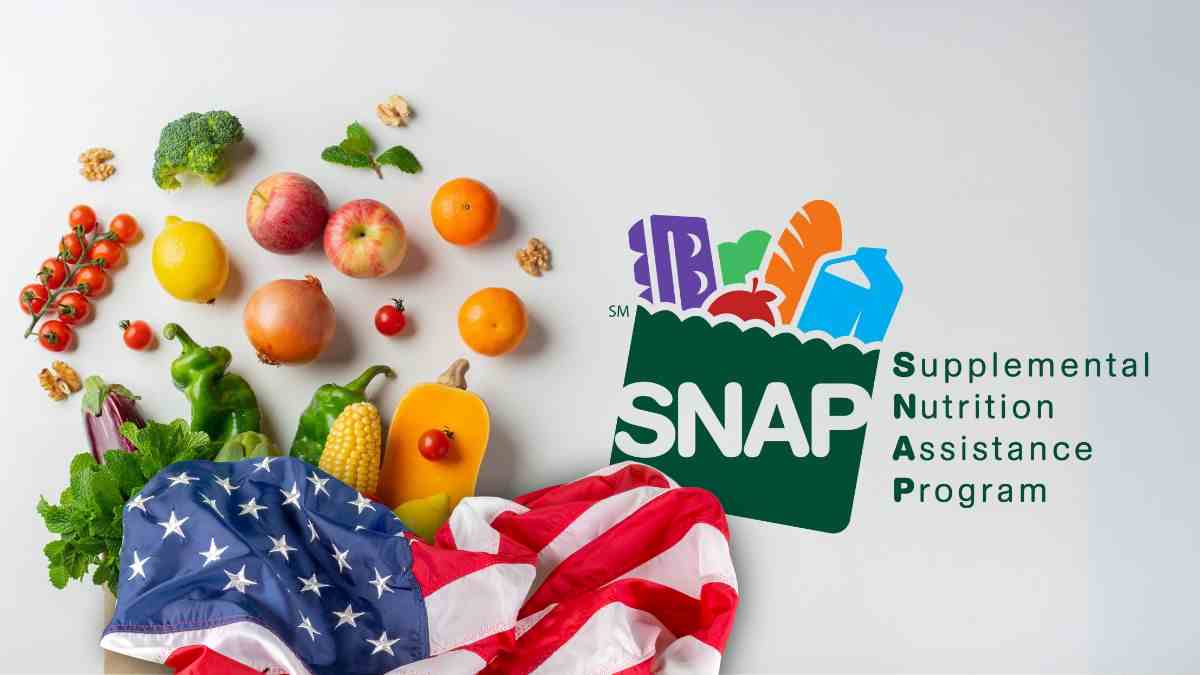USDA (United States Department of Agriculture) and the Food and Nutrition Service are always improving the SNAP or Food Stamps program in the U.S. In this way, beneficiaries can receive better service and updated amounts.
For example, soaring inflation affects SNAP recipients buying power. Since food prices go up, they can buy fewer things. USDA revises the inflation levels and updates maximum payment amounts with the help of COLA. The next 2025 COLA increase for the 48 contiguous States will be on October 1, 2024.
2025 COLA for SNAP benefits
Even if the new year has not come yet, Food Stamp recipients will see their maximum amounts increased. However, there is one State that will decrease the SNAP maximum amounts.
Hawaii, for the second year in a row, will get less money in the maximum amounts. Alaska, Guam, and the U.S. Virgin Islands will also see how their benefits go up. Bear in mind that all of them have higher inflation and higher SNAP maximum payment amounts.
Check the new maximum amounts from October 1, 2024:
Household Size & maximum amounts in the 48 contiguous States and DC
1 = $292
2 = $536
3 = $768
4 = $975
5 = $1,158
6 = $1,390
7 = $1,536
8 = $1,756
Each additional member $220 *source: https://www.fns.usda.gov/snap/fy-2025-cola
SNAP ABAWD age change
USDA has also announced new changes for those Food Stamp recipients who can work and are aged 18-54. Now, the ABAWD time limit and age are from 18-52. Therefore, there will be changes affecting those aged 53 and 54.
ABAWDs can only receive SNAP benefits for 3 months in a 36-month period unless they meet the work requirements of working/training 20 hours per week or 80 hours per month. If they fail to meet the requirements, they lose benefits after 3 months until they comply for 30 days or become exempt.
States can request waivers from the ABAWD time limits if an area has high unemployment over 10% or insufficient jobs. As of November 2022, California has a statewide waiver in effect until October 2024.
For example, you may not need to work for 80 hours per month or to do an alternative task if there is no work opportunity if you have a child. People who are pregnant, Veterans, young adults under 24 who were in foster care, or people experiencing homelessness.
What is the reason behind the changes in the SNAP benefits program?
The temporary COVID-19 measures have ended. This includes extra monthly benefits and relaxed eligibility. These were in place during the federal health emergency. Now, SNAP households will no longer receive emergency allotments.
Every year, the USDA updates SNAP benefits, deductions, and income limits based on living costs. In 2024, most states saw an increase in benefits, while Hawaii’s dropped slightly.
In 2023, the Social Security Administration raised benefits by 8.7%. This increase, significant for many, impacts SNAP households. As Social Security is a key income source for them, the rise in these benefits leads to a reduction in their SNAP aid.
The Fiscal Responsibility Act, signed in June 2023, is changing SNAP eligibility. It raises the age limit for able-bodied adults without dependents (ABAWD) subject to work requirements from 50 to 54 during 2023-2024. Additionally, it introduces more exemptions.
